Zamówienie wyślemy do 00 00 00
| Autor | |
|---|---|
| ISBN | |
| Rok wydania | |
| Liczba stron | |
| Format | |
| Cena katalogowa |
Table of contents:
Table of Abbreviations
Table of Typographic Conventions
Foreword
Acknowledgements
Chapter 1: From Indo-European to Old English: The Major Phonological, Morphological and Grammatical Changes
1.0 On Ubiquity of Language Change
1.1 Genetic Classification of Languages
1.2 The Place of English in the Indo-European Family
1.3 Centum-Satem Division of Languages
1.3.1 Centum-Satem Isogloss
1.4 The Major Changes from Indo-European to Germanic – Features of Germanic Languages
1.4.1 Common Vocabulary
1.4.2 Word Stress
1.4.3 Weak and Strong Verbs
1.4.4 Adjectival Declension
1.4.5 The Development of Indo-European Vowels
1.4.6 The First Consonant Shift
1.5. An Outline of the Stages in the History of English
1.5.1 The Old English Period
1.6 Old English Orthography
1.6.1 The Anglo-Saxon Alphabet
1.6.2 OE Pronunciation
1.6.2.1 The Pronunciation of OE Consonants
1.6.2.2 OE wynn
1.6.2.3 OE yogh
1.6.2.4 OE
1.6.2.5 OE Long Consonants
1.6.2.6 OE Velars and Palatals
1.6.2.7 OE
1.6.2.8 The Pronunciation of OE Vowels
1.7 The Phonology of Old English
1.7.1 Consonants
1.7.2 Vowels and Diphthongs
1.8 Phonological Processes
1.8.1 West Germanic Gemination
1.8.2 Anglo-Frisian Brightening and Restoration of /ɑ/
1.8.3 Breaking
1.8.4 I-mutation
1.8.5 Palatalisation
1.8.6 Fricative Hardening
1.9 Old English Morphology
1.9.1 Nouns
1.9.1.1 Strong Nouns
1.9.1.2 Weak Nouns
1.9.2 Pronouns
1.9.2.1 Personal Pronouns
1.9.2.2 Demonstrative Pronouns
1.9.3 Verbs
1.9.3.1 Strong Verbs
1.9.3.2 Weak Verbs
1.9.3.3 Preterite-Present Verbs
1.9.3.4 Anomalous Verbs
1.9.4 Adjectives
1.9.4.1 Strong Adjectives
1.9.4.2 Weak Adjectives
1.9.4.3 Comparison of Adjectives
1.10 OE Syntax: Word-Order
Chapter 2: From Middle English to Modern English: The Major Phonological, Morphological and Grammatical Changes
2.0 The Middle English Period
2.1 Middle English Phonology
2.1.1 Orthographic Conventions
2.1.2 Consonants: Major Consonantal Changes
2.1.3 Vowels: Major Vocalic Changes
2.2 Middle English Morphology
2.2.1. Nouns
2.2.2 The Predecessors of Definite and Indefinite Article
2.2.3 Adjectives
2.2.4 Adverbs
2.2.5 Personal Pronouns
2.2.6 Verbs: Major Features
2.3 Middle English Syntax: Major Features
2.4 Middle English Lexicon: Major Features
2.5 The Modern English Period
2.5.1 The Great Vowel Shift
2.5.1.1 The Details of the GVS
2.5.1.2 Evidence for the GVS from Modern English
2.5.1.3 Evidence for GVS from Middle English
2.6 The Historical Development of English Vowels and Diphthongs
2.6.1 The Rise of a New Class of Diphthongs in /ə/
2.6.2 ME Long Vowels Before the Following /r/
2.6.3 Vowel Lengthening Caused by the Following /r/
2.7 Standardisation of English
Chapter 3: Lexical Semantic Changes in the History of English
3.0 Introduction
3.1 Widening (Generalisation) of Meaning
3.2 Narrowing of Meaning
3.3 Transfer (Transposition) of Meaning
3.4 Metaphor
3.4.1 Synaesthesia as a Type of Metaphor
3.4.2 Foodsemy as a Type of Metaphor
3.4.3 Zoosemy as a Type of Metaphor
3.5 Metonymy
3.6 Evaluative Changes (Amelioration and Pejoration)
Chapter 4: Varieties of English: A Historical-Sociolinguistic Sketch
4.0 The Position of English Today
4.1 Language Variety: The Rise of Regional Variants in English
4.2 Language Exported: The Rise of Regional Varieties of English
4.3 Standard English and Regional Varieties of English
4.3.1 British English
4.3.2 Cockney English, Estuary English, Midlands English
4.3.3. Irish English (Hiberno-English)
4.3.4 Scottish English
4.3.5 Australian English and New Zealand English
4.3.6 South African English
4.3.7 American English
4.3.8 Canadian English
4.3.9 Pidgin English Glossary of Linguistic Terms
References
Appendices
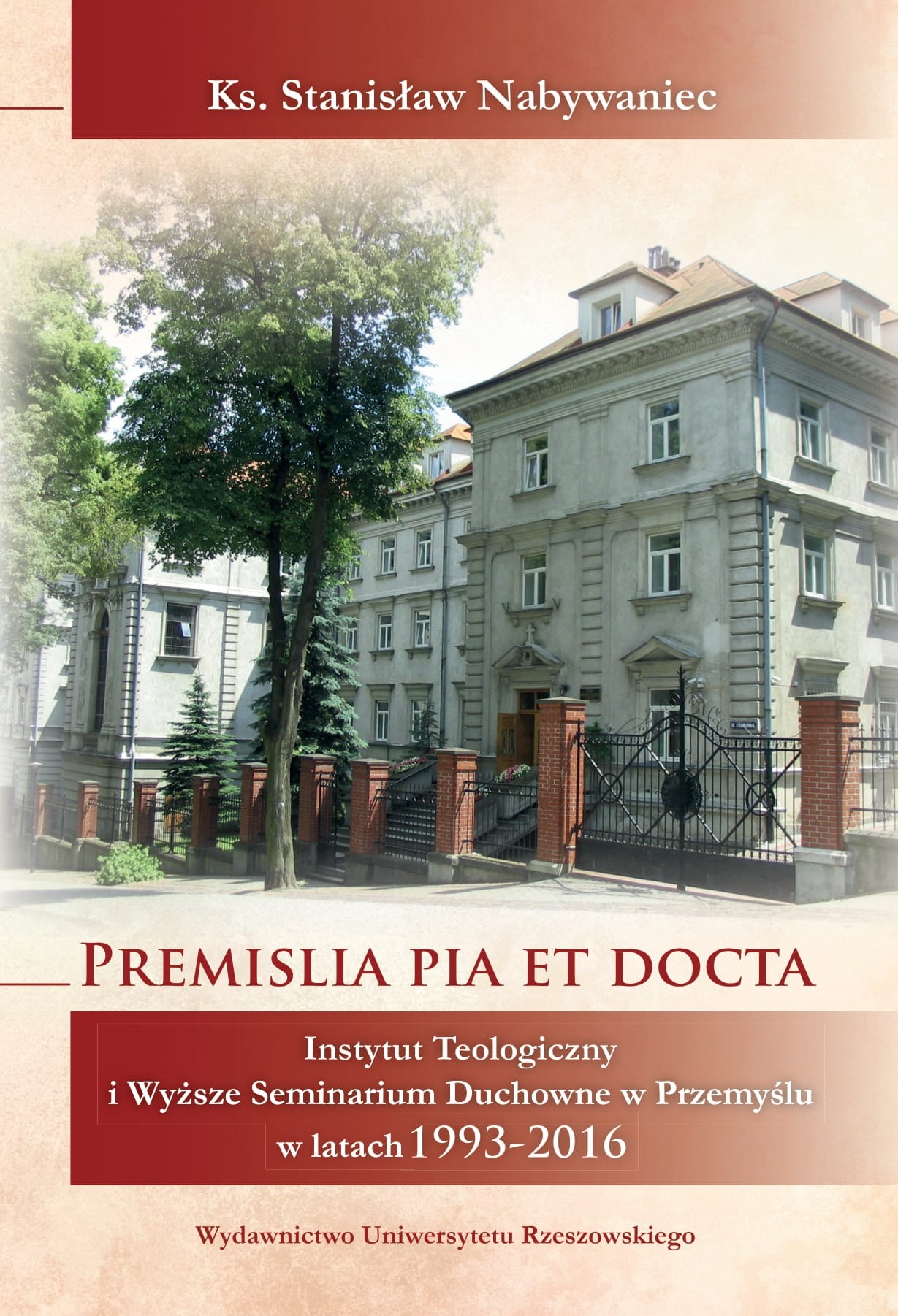
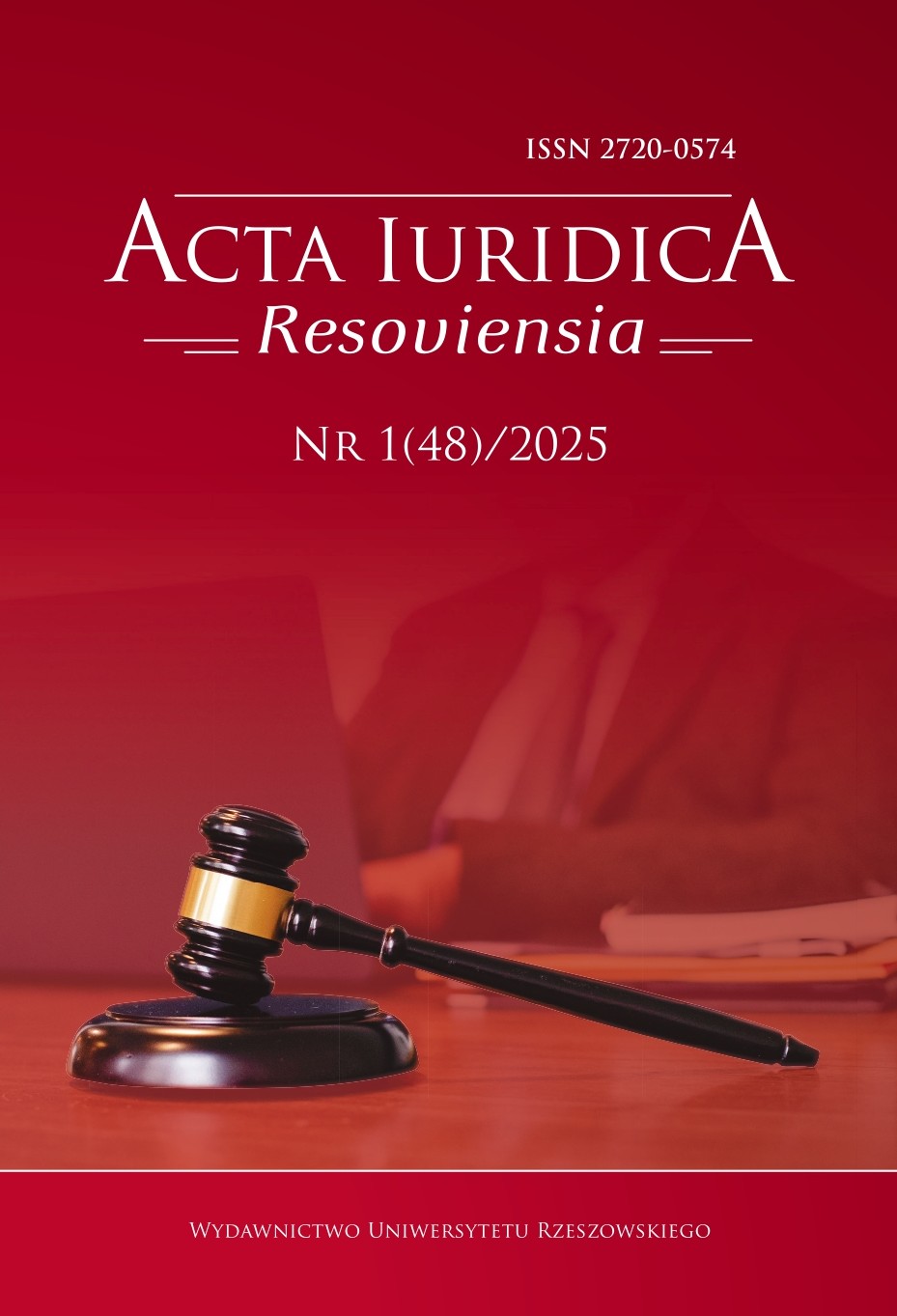



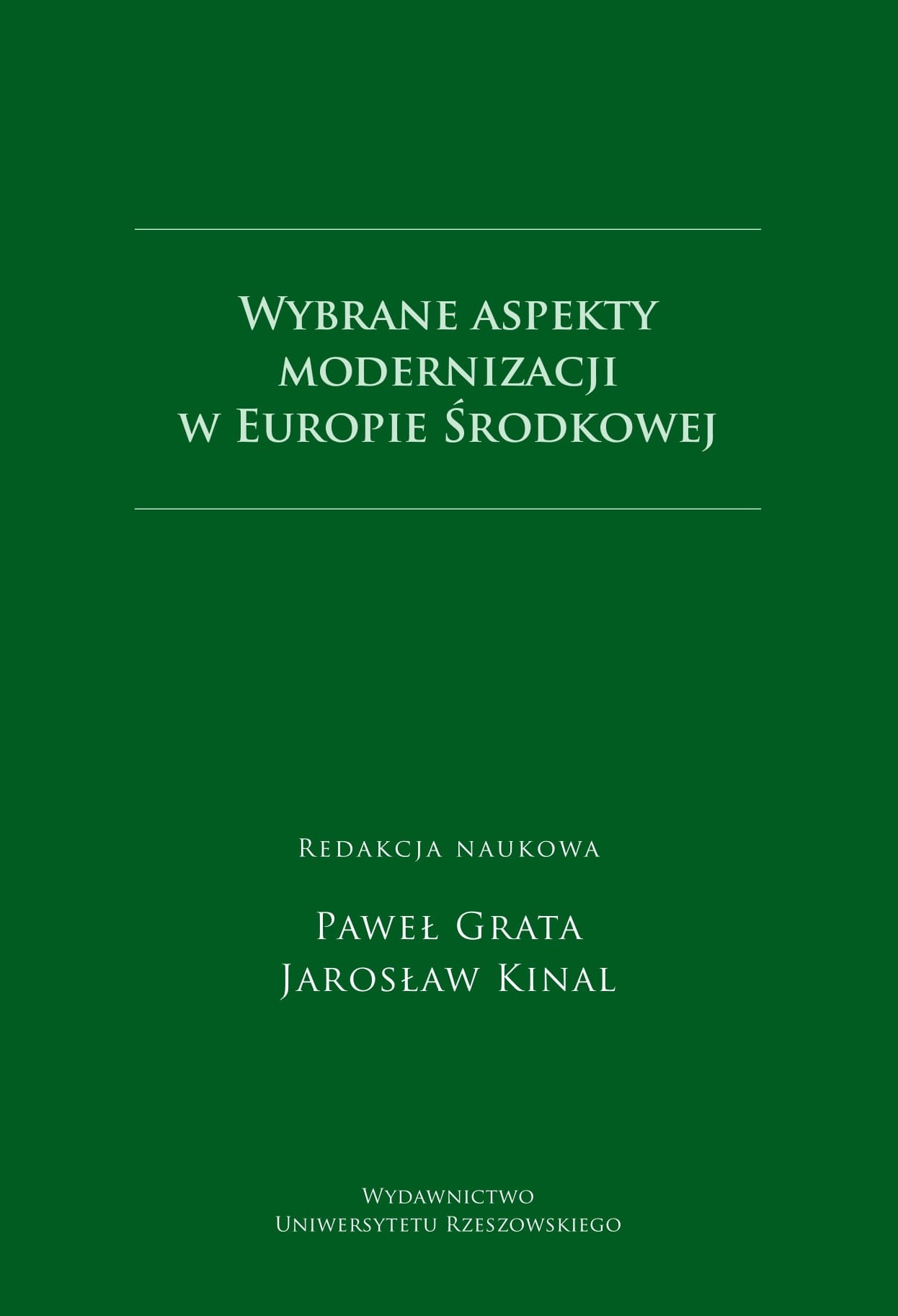
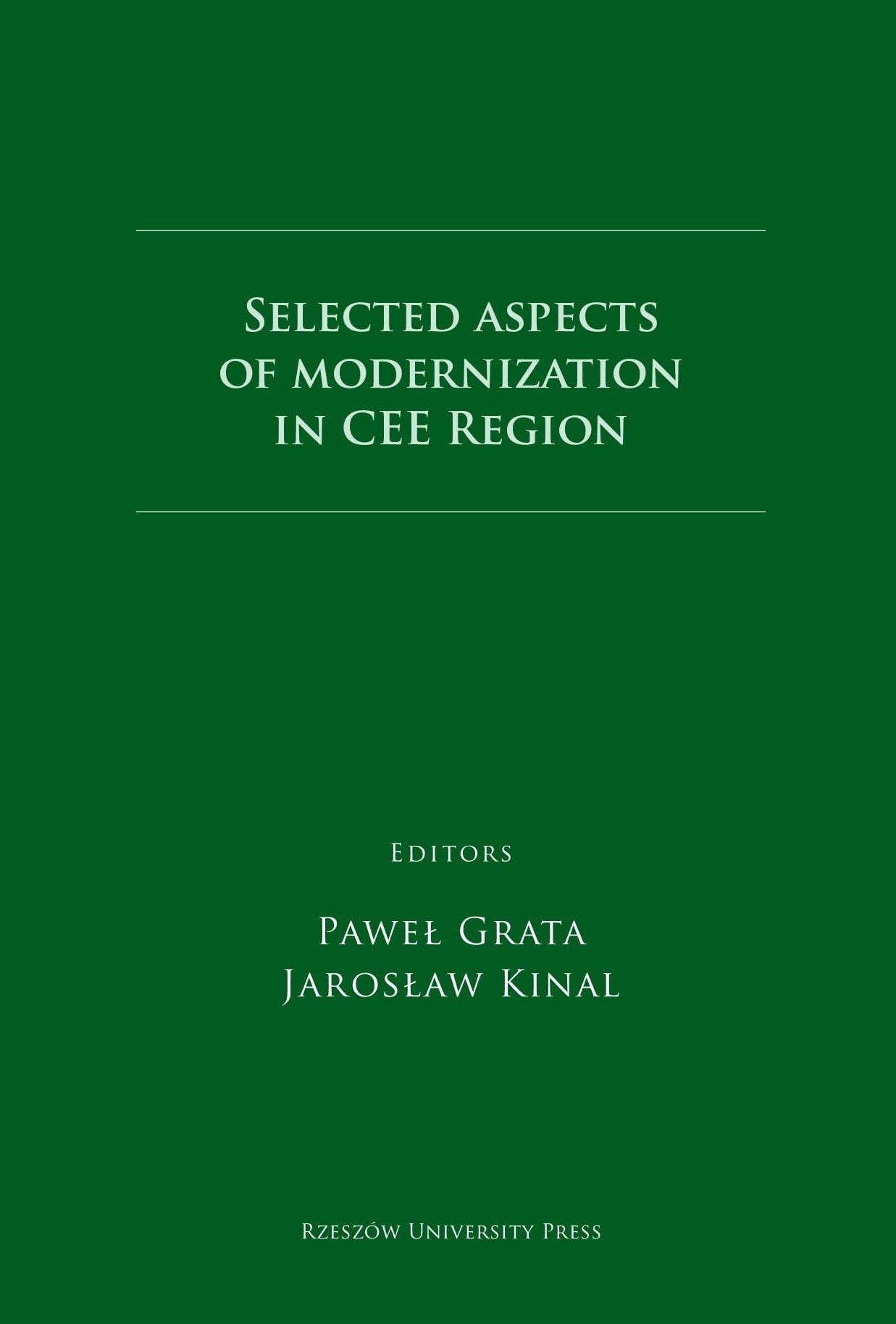
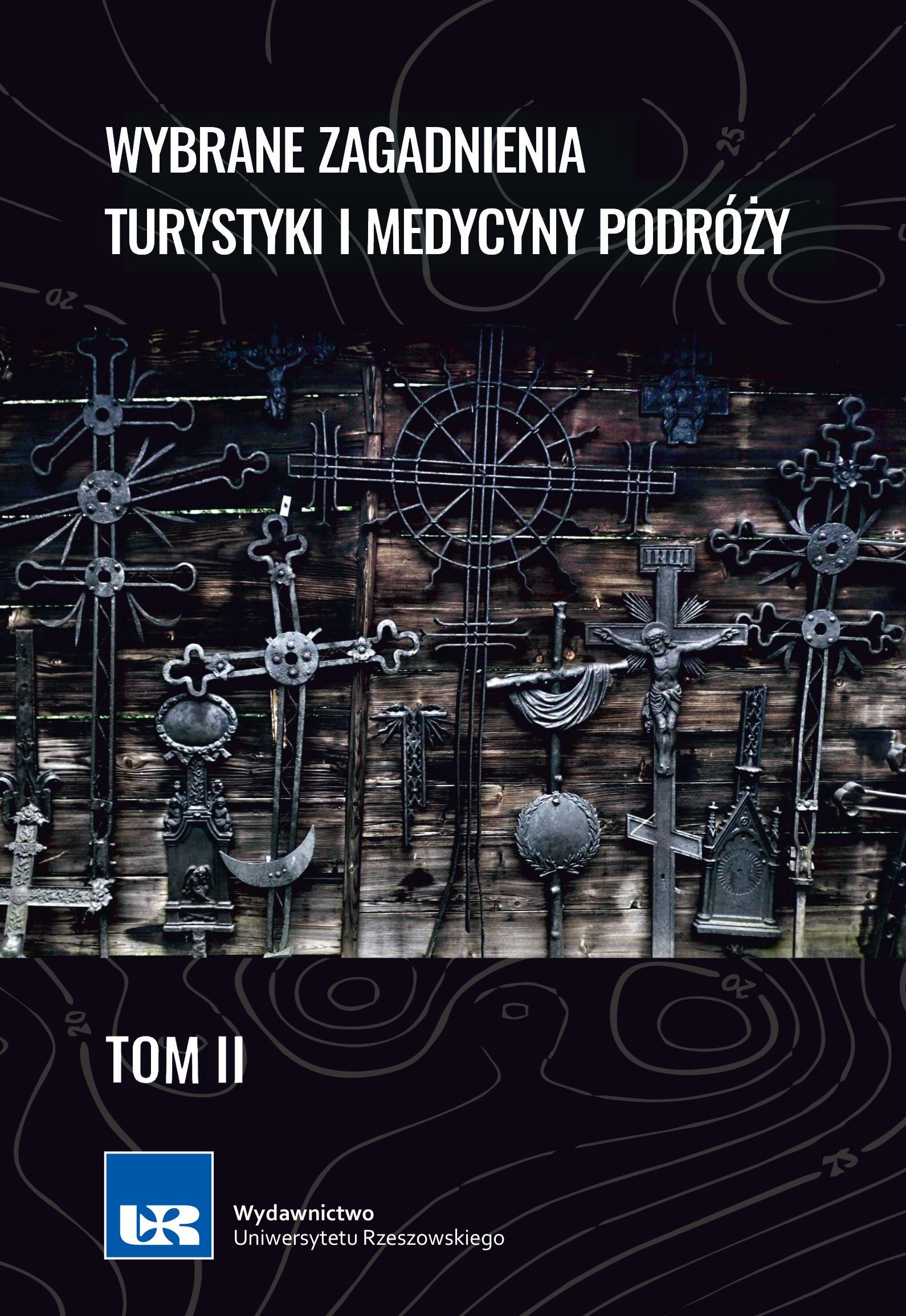
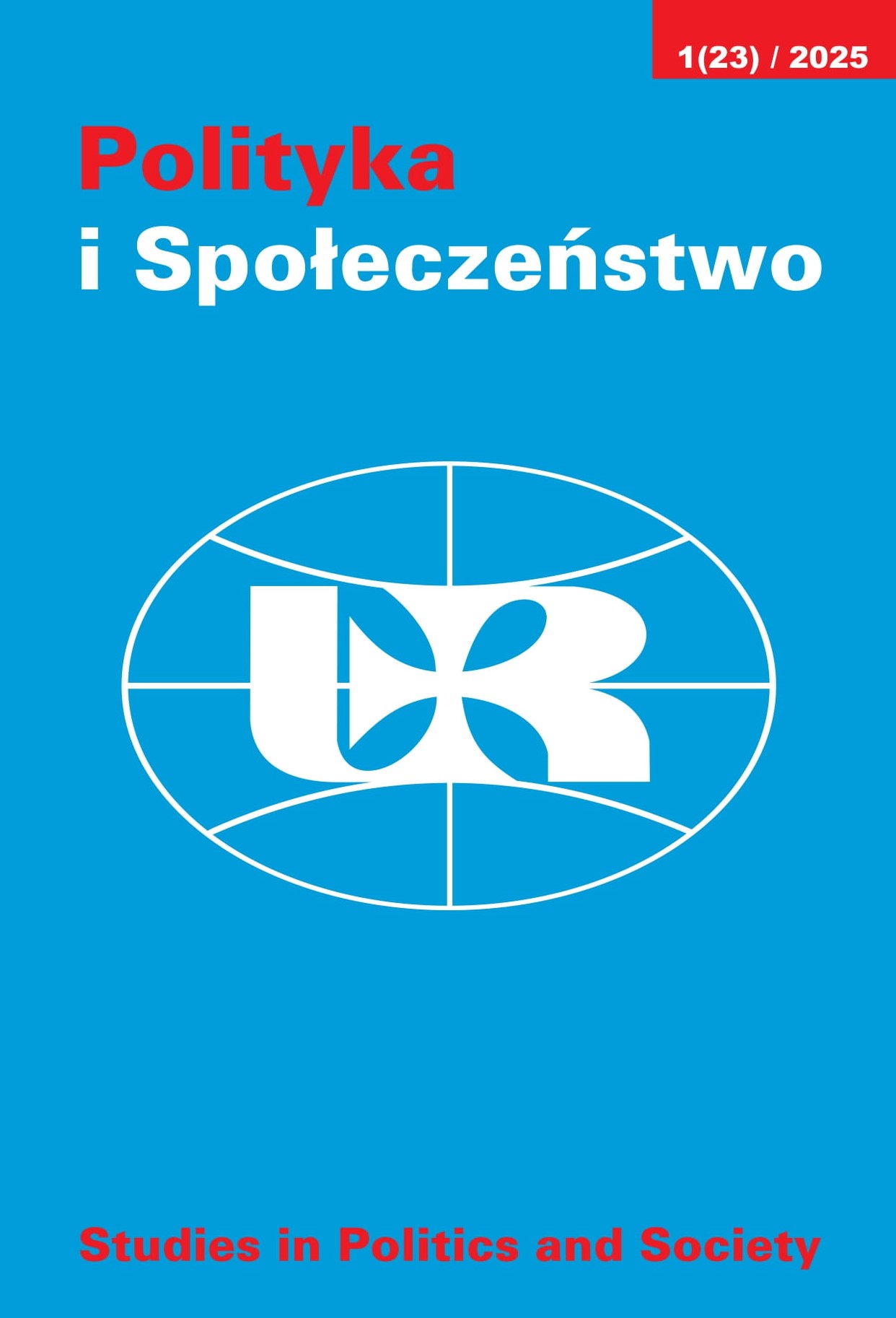
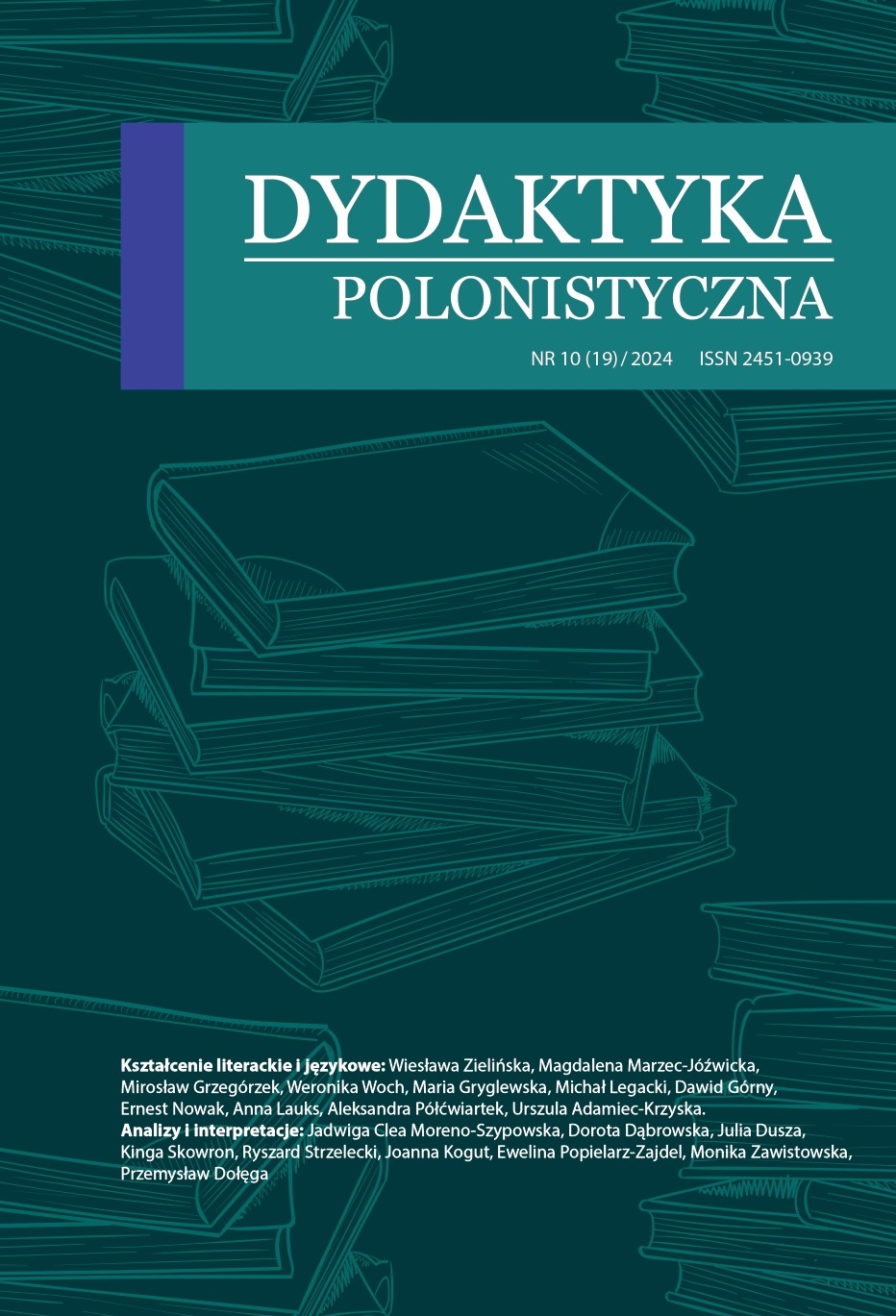

Copyright © 2025
wydawnictwo@ur.edu.pl
tel. 017 872 13 69 (Kolportaż)
tel. 017 872 14 37 (Dyrektor)
faks: 17 872 14 26
e-mail: wydawnictwo@ur.edu.pl
Adres:
ul. prof. St. Pigonia 6, 35-310 Rzeszów